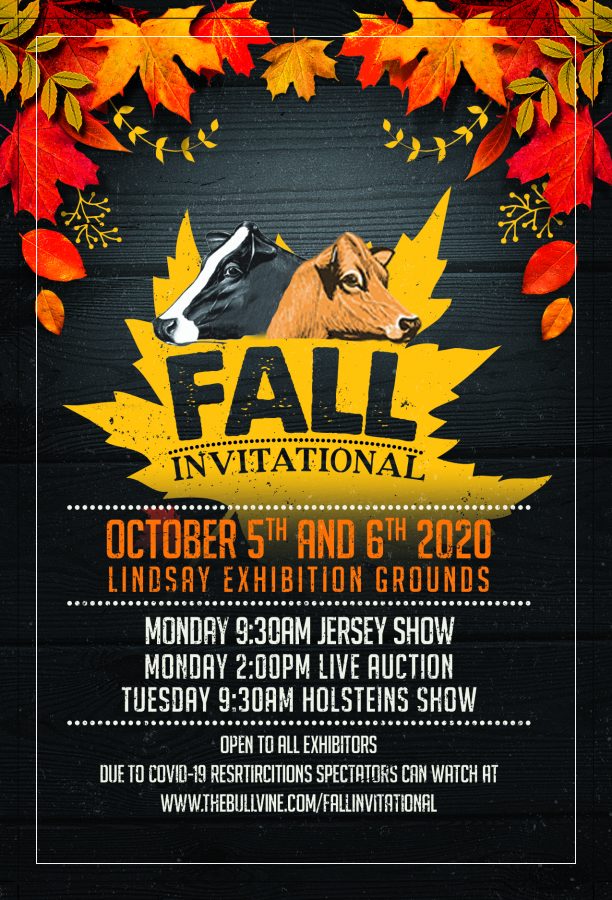WHAT MAKES DAIRYING SUCCESSFUL OR NOT IN 2020?
Currently milk producers see milk checks as cash flow and they fear giving up cash flow. And so begins the cycle. Too much fluid milk. Fluid milk with nowhere to go. Fluid milk ends up being dumped. This repeating cycle has been with us for at least fifty years due to the fact that milk is seen as a commodity. As a commodity, there is no differentiation between fluid milk products. Every unit is the same as every other unit. In the competitive market place, a differentiated product is able to stand out from competitors and win the interest of consumers. We can argue the well known health benefits until the cows come home, but we will still be faced with shrinking markets. Producers need consumers. We can’t afford to stubbornly hold our positions or the day may come when one side or the other withdraws from the fight. Dairy producers need to design their cash flow so that they are not dependant on volume alone for cash flow.
DO HEALTH MIS-PERCEPTIONS CONTINUE TO AFFECT DAIRY MARKETS?
When I meet with non-dairy friends, they see all farms through fond memories of fairy tales, nursery rhymes and their relationship with their own pets. Regarding animal care, this last perspective leads some consumers to fall too easily for negative attacks regarding animal treatment on dairy farms. We need to look at ourselves from their perspective. They don’t produce products from their pets. They don’t have herds of pets. The idea of herds of the same animal living together or diseases that spread from animal to animal is not usual to their companion animal experience. With enough negative publicity or lack of positive information, consumers may choose another option when sourcing their beverages.
WHAT MAKES YOUR MILK DIFFERENT?
It is up to the dairy industry to explain how milk is different from other beverages. However, we don’t want to be a product that professes difference that the consumer doesn’t accept. Different does not necessarily mean a product is provably better but we must win perceptions. The purpose of advertising and promotion that occurs in our society is to achieve the end result of earning the consumer’s dollar. It is a competition and we must start by recognizing where the competition actually is. We should compete against other non-dairy beverages. We can learn from those who do the most convincing job? A good starting question is to ask why many non-dairy beverages try to be perceived as “milk”. We need to emphasize different taste. Unique health benefits. Speak up about the different benefits for different ages of consumers from birth to assisted living. If we continue to be stubbornly undifferentiated, eventually that sameness will drive prices lower and vital consumer support will also decline.
CAN YOU FIND YOUR DAIRY NICHE and GROW YOUR DAIRY INCOME?
We are all consumers and accept responsibility for the buying decisions we make. Milk producers can earn new consumers by caring enough to recognize and align our milk products with their real concerns. Creating a brand for milk benefits that show it to be safer, healthier and with a wide variety of tastes that appeal to the whole family. If your current niche differentiation is that you are organic, the time has come to admit that it is not enough. Organic milk is still fluid milk and simply puts milk in a different commodity market. The opportunity must be taken to differentiate your milk by focusing on specific aspects that are sought by specific markets. Generations before us have promoted healthy milk. Today the appeal needs targeted outreach to the hearts of all consumers. Pregnant women. Babies. School children. Sports diets. It must start with the recognition that members of households have different requirements and personal preferences from the points of view of health needs, taste, sustainable packaging and ease of availability. The dairy industry can’t assume that consumers are also not a commodity that has only one profile to appeal to. As well, we can’t assume that all consumers are well-informed on the differences between the facts and fallacies regarding the production of milk and its impact on health. Where does your milk fill a specific need?
WHAT RESOURCES ARE NEEDED TO MAKE A NICHE MILK PRODUCT?
Finding and building a niche market cannot be done for free. It takes dollars to advertise. It takes time and money to find the working partnerships. It takes investment to make profitable changes to the milk delivery line as it moves milk from farm to table. For this reason, a lack of resources can be the most difficult part of making the transition from commodity to niche product. Wherever your dairy is operating, there are other producers, manufacturers, marketers and retailers. The forward building dairy business will look for the partnerships that not only build their own dairy but the community they serve as well. Without customers there is no dairy industry. Although I have previously said nothing is free, all dairy businesses have the opportunity to share free virtual content that highlights the health, safety and entertainment value of dairy farming. Reinforcing a positive dairy milk image is step one. And “Yes!” – I said entertainment value. With zoos and parks facing the challenges of health and safety, virtual farm experiences from simple to complex, depending on your resources, can fill a niche. Additionally, consumers in restricted times are receptive to experiences to accompany their purchases. Some creative dairy folks are filming virtual calf shows. There are opportunities to provide experiences from calving to milking lines. At an in-house creative level, dairy kitchen recipes can expand consumer experience and put dairy products on more tables.
WHERE IS DAIRY GOING?
Many business analysts us graphics to show the rising trajectory of successful business decisions. We are convinced by rising income, rising production, reduced costs and reduced debt. That’s on paper. In real life, time doesn’t stop to allow us time to see the future more clearly ahead of time and then change the lines to reflect our positive success. We cannot perfectly control the future. We cannot perfectly control the consumer market. Perfect answers are not needed. Forward progress is needed. Having said that, vulnerability and risk come with every change. From the size of the investment that is needed, to the development of the equipment, people and advertising, progressive dairy producers must face many issues when daring to be different. These factors include weather changes, pests, currency fluctuations, economics and political support or lack of it. That is the dairy side. On the consumer side, there is reduced disposable income, marginalized demographics and those who are vulnerable for other reasons during these unusual times.
THREE KEYS: 1. Responsibility. 2. Innovation 3. Relationship
The dairy milk producer does not exist in a vacuum. From the cow in the dairy line to milk on the table, each step depends on effective input from numerous other businesses. As the world, as we know it, is disrupted, innovation will be important as a way to find ways to keep the dairy business line operating successfully from end to end. It is risky to feel that the producer at one end does not need to be connected to consumer concerns at the other end. Going forward the dairy producer will survive because of a successful direct to consumer relationship. It takes acceptance of this responsibility to start the ball rolling. Then comes willingness to change and innovate. All three steps are needed for a dairy operation to begin the process of producing not just fluid milk but also niche products. Simultaneously, the dairy industry has to have compassion for the reality that many businesses are completely interrupted or closed due to the global pandemic. These closures may not immediately affect your dairy business, however, eventually the domino effect will, at the very least, affect the purchasing habits of consumers. It makes sense to start early to consider what new infrastructure would enhance your longevity in the dairy industry.
EXPERIMENTATION and NEW TECHNIQUES
Long before the decision to invest in new niche market infrastructures, a dairy producer considering change needs to allot time for experimenting with milk specializing, learning new techniques that might be necessary and continually analyzing all changes and the resulting effects on improving milk quality. It can take years, and require significant trial and error, to be able to consistently produce milk for an identified niche market. Niche milk quality, rather than supply and demand, should determine prices – but “should” is the key word here. In theory, consumer will pay premiums for better-quality milk however, price premiums are not guaranteed. As much as everyone prefers the comfort of a sure thing, today’s business environment means that this surety is unlikely to be achievable. Through constant evaluation and adaptation, every dairy operation needs to evaluate processes and track data. Tracing of actual results is key to achieving potential markets and improving consumer market penetration.
PARTNERSHIPS, COLLABORATION AND COMMUNITY
Reinforcing the reality that no business, dairy or otherwise, can operate totally in a vacuum, specializing in niche markets will mean reaching out to new partnerships and collaborations. Finding a community of viable partnerships is not easy. Many businesses have had tough years based, at least in part, on the new realities of the Covid Pandemic. On the bright side, there are great reports of innovation and new beginnings. From new packaging to green manufacturing, we are excited to see the opportunities for new business partnerships to reach consumers in new ways.
Closer to our own milk industry, it is important to recognize that many non-milk beverages are well along the path of marketing to consumers in new ways. Specialty micro-breweries. specialty sodas and a booming growth in specialty coffees are fiercely competitive in the beverage market. We can learn from their successes and failures. Individually, dairy producers need to consider and implement ways to raise the profile of dairy products. This can be undertaken through support of community events, 4H competitions and vulnerable groups, all of which may vary from community to community. The important point is to earn, learn and give back to the community where you are. The dairy future will have a strong foundation only if if builds on consumer confidence, relationships and interaction.
The BULLVINE BOTTOM LINE
In the past volume of production was the priority. If dairy keeps chasing volume, it means also accepting the risk that an outside force could make some dairy operations irrelevant. We readily acknowledge the uncontrollable impact of forces such as a global pandemic, weather disasters, economic upheaval and politics. A more controllable possibility is for dairy to adapt and transition toward selling to specialty markets. This means building long-term relationships with buyers and resulting outcomes in milk consumption. There will be opportunities to innovate new products and give dairy a higher profile position. Strong dairy niche markets will provide more stable income and reduced risk. The most important outcome is that the dairy industry will continue to provide safe and healthy food for the entire community.
Get original “Bullvine” content sent straight to your email inbox for free.






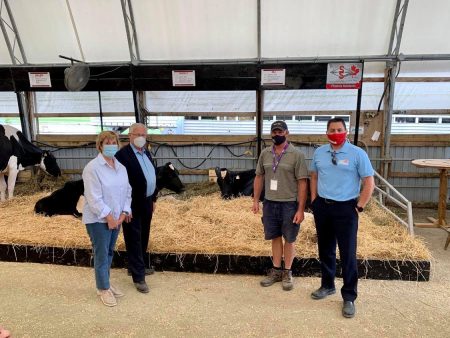
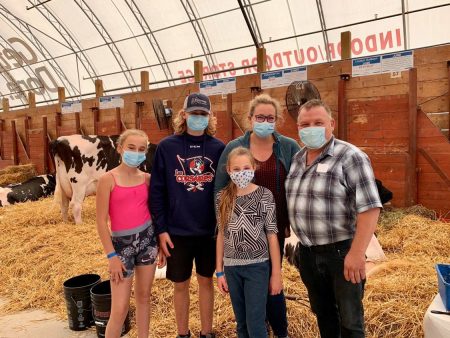 BARCLAY: “To tell you the truth, when you get most of the best breeders in the world to come to a show…that helps. A few people answered, ‘we’ll be there.’ Then some couldn’t come, and I was a little worried for a minute, but when Ysabel (Jacobs) said that Jacobs was coming, everyone else then just followed suit.
BARCLAY: “To tell you the truth, when you get most of the best breeders in the world to come to a show…that helps. A few people answered, ‘we’ll be there.’ Then some couldn’t come, and I was a little worried for a minute, but when Ysabel (Jacobs) said that Jacobs was coming, everyone else then just followed suit.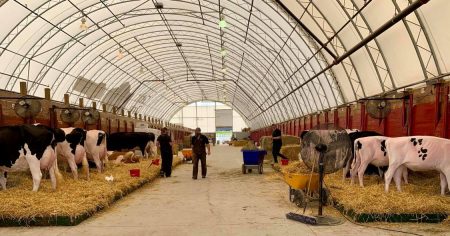 ANDREW: “But the exhibitors were veterans, and they were amazing at working with the officials to make it happen.”
ANDREW: “But the exhibitors were veterans, and they were amazing at working with the officials to make it happen.”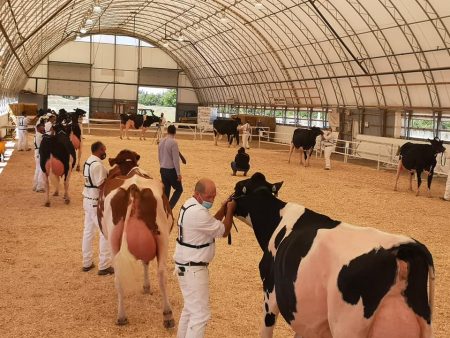 DM: “What is your feeling as you review the show with the value of hindsight?”
DM: “What is your feeling as you review the show with the value of hindsight?”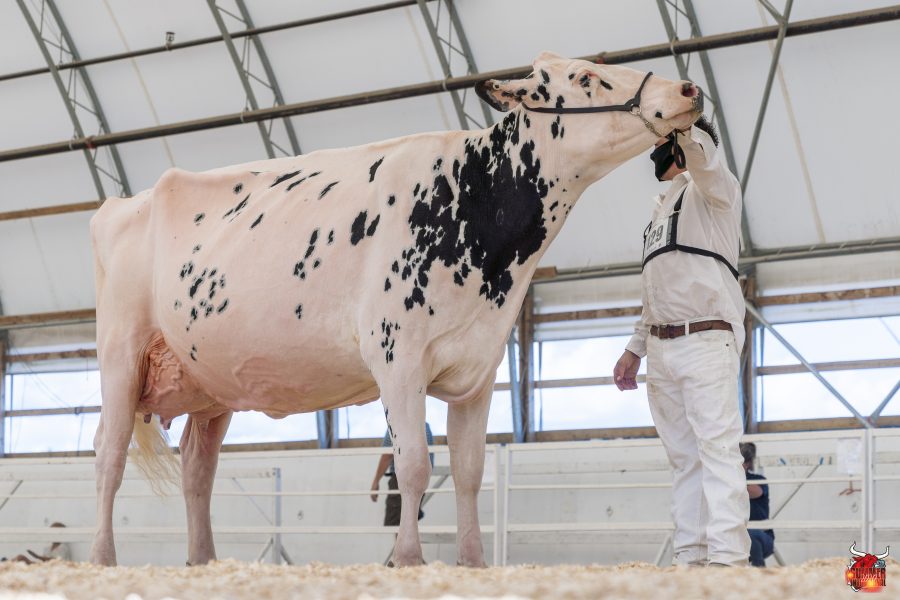
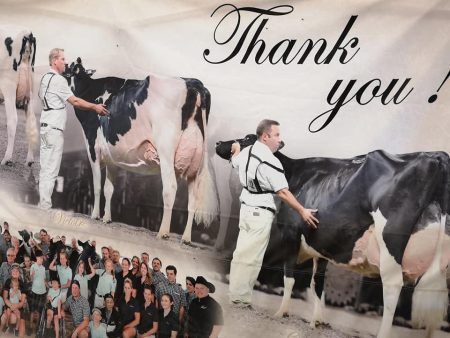 YSABEL: “We knew that you just need one person to start the wave. And, no-one wants to make it easy to win, so once we were coming, they were coming too. The cows were not 100% ready, for sure. We had one month of preparation. Usually, we would do three. But everyone was in the same boat. It was a perfect practice for the next one.”
YSABEL: “We knew that you just need one person to start the wave. And, no-one wants to make it easy to win, so once we were coming, they were coming too. The cows were not 100% ready, for sure. We had one month of preparation. Usually, we would do three. But everyone was in the same boat. It was a perfect practice for the next one.”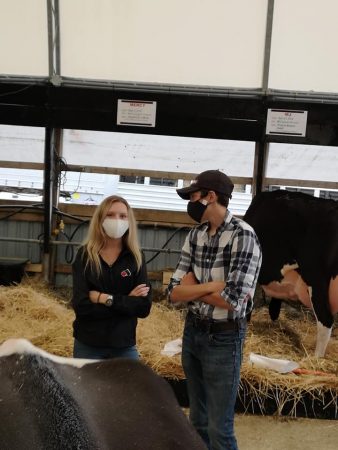 BARCLAY: “I like creating things like this when things do happen because I like a challenge. In 2003 when the border closed [between the US and Canada], there were a lot of the big-name cattle guys struggling, and basically going broke. At that time, we started Tag sales. We all banded together, and we had a heck of a Royal that year, and the US wanted to have our cattle. I think this is another reminder that we need different ideas to get through different challenges.
BARCLAY: “I like creating things like this when things do happen because I like a challenge. In 2003 when the border closed [between the US and Canada], there were a lot of the big-name cattle guys struggling, and basically going broke. At that time, we started Tag sales. We all banded together, and we had a heck of a Royal that year, and the US wanted to have our cattle. I think this is another reminder that we need different ideas to get through different challenges.